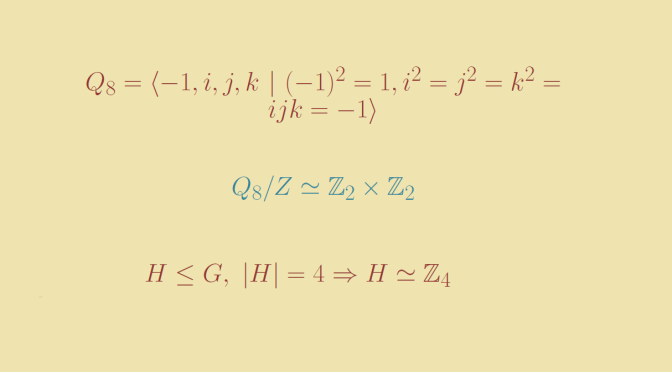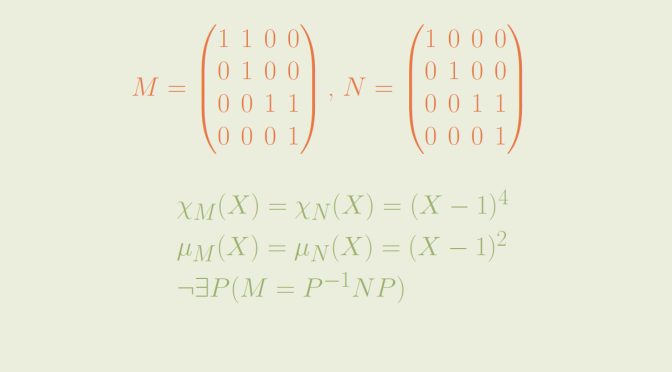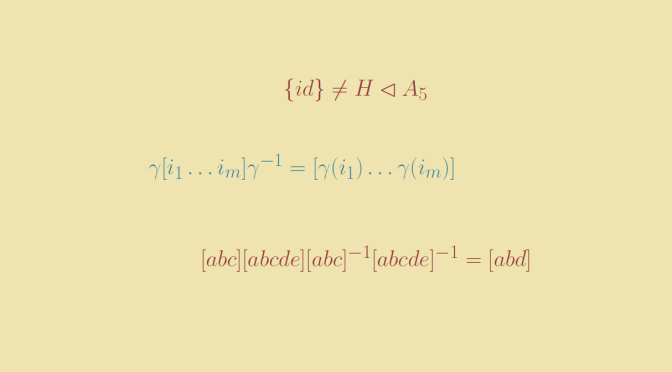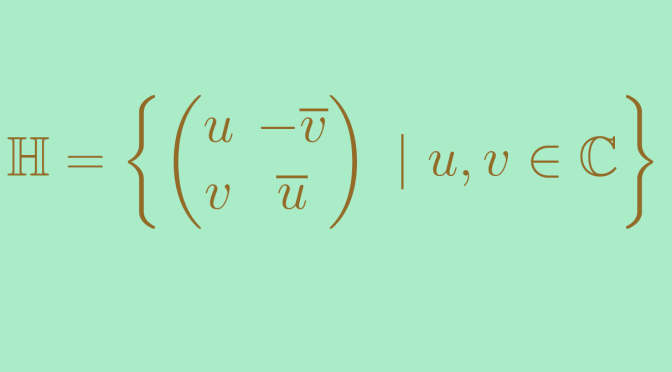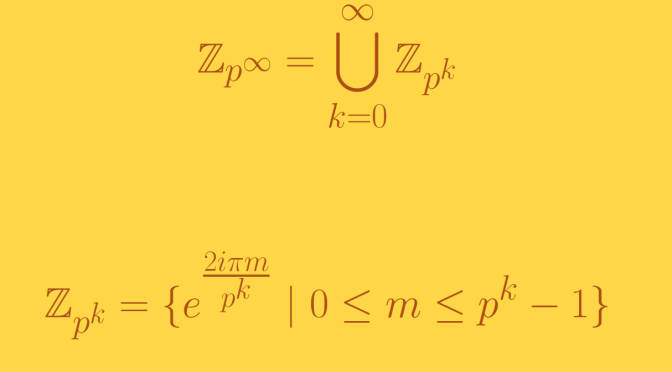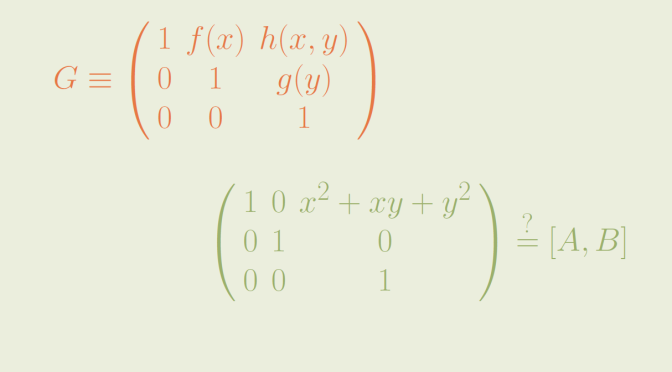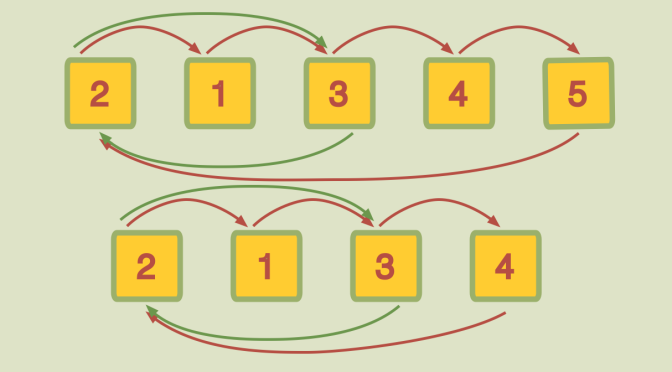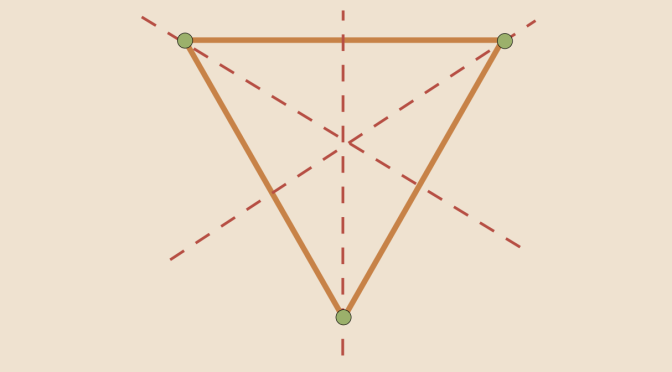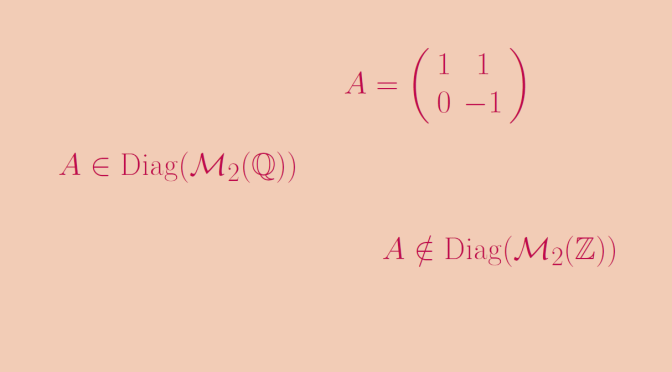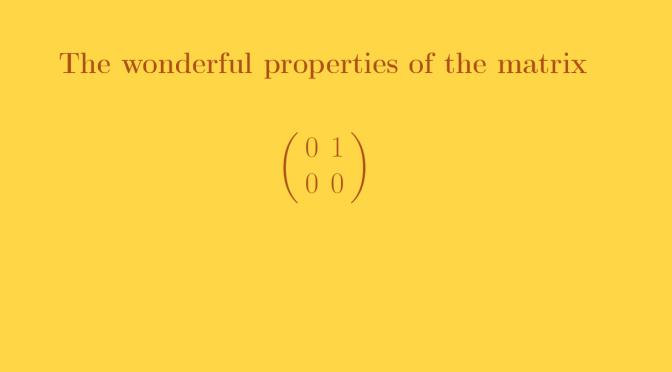Given a normal subgroup \(H\) of a finite group \(G\), is \(G/H\) always isomorphic to a subgroup \(K \le G\)?
The case of an abelian group
According to the fundamental theorem of finite abelian groups, every finite abelian group \(G\) can be expressed as the direct sum of cyclic subgroups of prime-power order: \[G \simeq \bigoplus_{i=1}^u \mathbb{Z}_{p_i^{\alpha_i}}\] where \(p_1, \dots , p_u\) are primes and \(\alpha_1, \dots , \alpha_u\) non zero integers.
If \(H \le G\) we have \[H \simeq \bigoplus_{i=1}^u \mathbb{Z}_{p_i^{\beta_i}}\] with \(0 \le \beta_1 \le \alpha_1, \dots, 0 \le \beta_u \le \alpha_u\). Then \[G/H \simeq \bigoplus_{i=1}^u \mathbb{Z}_{p_i^{\alpha_i-\beta_i}}\] which is a subgroup of \(G\).
If \(G\) is not abelian, then \(G/H\) might not be isomorphic to a subgroup of \(G\). Continue reading Is the quotient group of a finite group always isomorphic to a subgroup?

